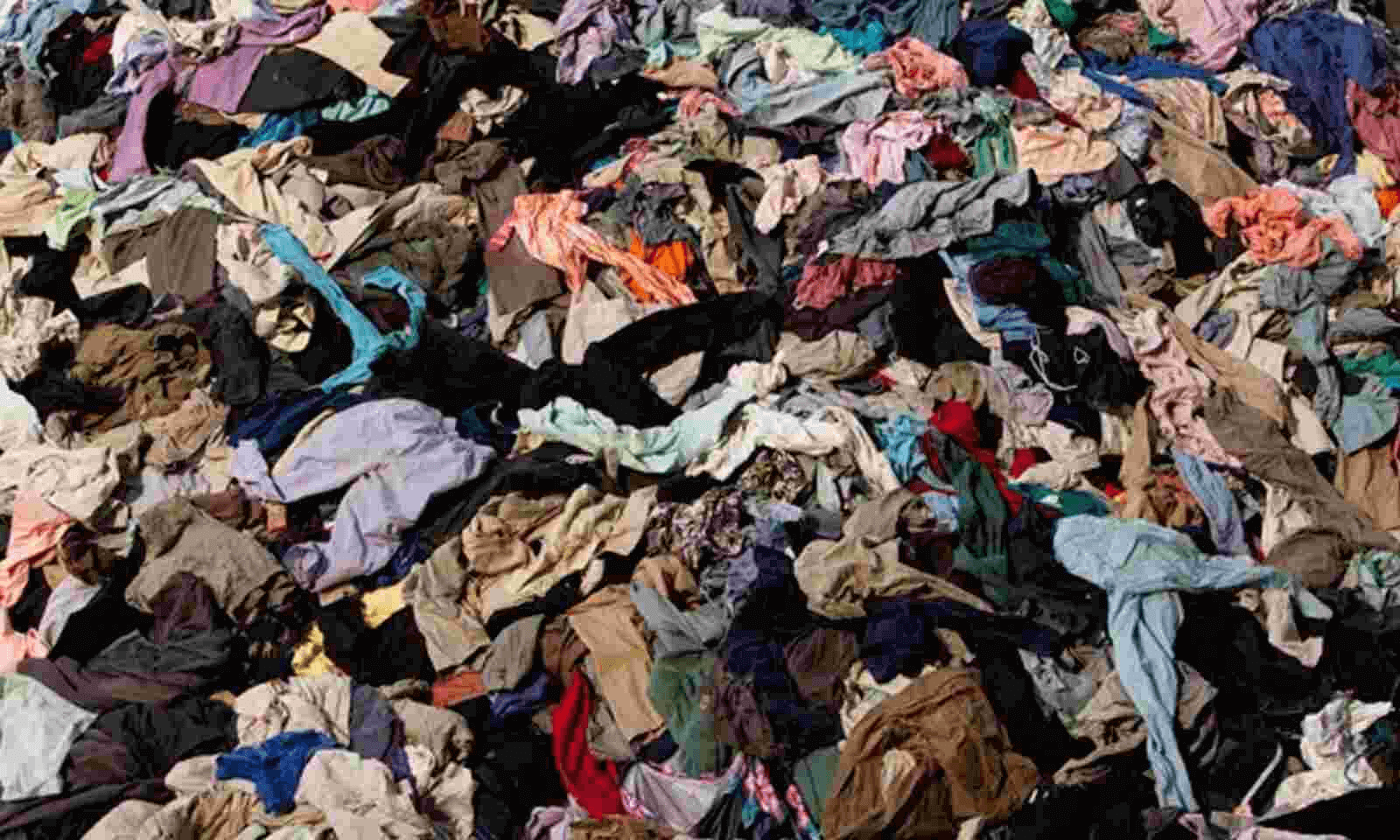
Textile Waste Control And Opportunity Tactics In Fashion Industry
In the vibrant world of fashion, there’s a hidden trouble that needs our attention: waste. Yes, you heard it right – the fashion industry creates a lot of waste, and it’s a big concern. When we talk about waste, we mean all the extra fabric, clothes, and stuff that get tossed away. Can you believe that around 92 million tons of textile waste are produced by the fashion industry every year? That’s like a huge mountain of clothes!
But guess what? This waste problem isn’t just gloomy news. There are some clever tricks, like secret opportunities, that can make things better. These tricks are like tools that the fashion world can use to fix this mess. One cool trick is making clothes that last longer, so we don’t have to throw them away too soon. Another is turning old clothes into new ones – kind of like magic!
Oh, and here’s something interesting: did you know that some companies are trying to create clothes with almost no waste? It’s like a puzzle where every piece of fabric is used. And guess why this is exciting? Because these little changes can add up to a big difference. So, get ready to explore the exciting world of waste control and opportunity tactics in the fashion industry. We’re about to discover how fashion can be not just stylish, but also friendly to our planet!
The Textile Waste Challenge
The Textile Waste Challenge is a pressing issue that stems from the fashion industry’s unyielding quest for fresh styles at bargain prices. This unbridled pursuit has unleashed a flood of textile waste that’s hard to ignore. Picture this: factories churning out clothes with swift precision, and in their haste, piles of off-cuts and leftovers are deemed useless and discarded. Moreover, consider the unsold clothing, the garments that couldn’t find their way into our closets, languishing in landfills, adding to the mounting problem.
The scale of this wastage is nothing short of staggering. Can you believe that every year, the fashion industry produces a pile of textile waste weighing in at a mind-boggling 92 million tons? That’s like trying to wrap your head around an enormous mountain of discarded fabrics and garments!
But here’s the kicker: this throwaway culture isn’t just about heaps of fabric. It’s a cycle that’s doing a number on our environment and our habits too. The more we buy, the more they make, and the more they toss, it’s like a never-ending merry-go-round. Our love for fast fashion comes at a hefty cost – not just for our wallets, but for the planet we call home.
The Textile Waste Challenge is an urgent wake-up call, demanding us to rethink our fashion choices. It’s time to say no to a culture that thrives on disposability and start championing sustainability instead. By recognizing the impact of our choices, we can rewrite the narrative, fostering a fashion industry that’s not only stylish but also mindful of the world we share.
Opportunity Tactics
Embracing these opportunity tactics, the fashion industry has the potential to rewrite its narrative, transforming from a wasteful behemoth into a beacon of sustainability. Each tactic represents a unique piece of the puzzle, contributing to a future where fashion isn’t just about looking good but also doing good for the planet we all call home.
1. Circular Fashion Economy
A beacon of hope lies in transitioning towards a circular fashion economy. Imagine a world where clothing isn’t just worn and discarded, but instead, thoughtfully designed to have a long, meaningful life. This opportunity involves crafting garments with durability in mind, using materials that stand the test of time. Moreover, the end of a garment’s journey shouldn’t be a landfill; it should be a new beginning. Brands like Patagonia and Eileen Fisher are pioneers in this arena, offering repair services and even recycling programs. Their commitment to circularity is a testament to the power of this approach.
2. Upcycling and Repurposing
According to the UK essay writers, the art of transformation takes center stage with upcycling and repurposing. This ingenious tactic breathes new life into discarded materials, turning them into higher-value creations. Imagine old denim jeans becoming stylish backpacks or worn-out sweaters becoming cozy blankets. Designers are unleashing their creativity to create unique, sustainable pieces that carry stories of renewal and innovation.
3. Reducing Overproduction
Overproduction lies at the heart of the waste issue. Brands are awakening to the concept of demand-driven production, fueled by data analytics and just-in-time manufacturing. This tactical shift minimizes excess inventory, curbing waste while responding more precisely to what consumers really want.
4. Zero-Waste Design
In the world of fashion, where every scrap of fabric holds potential, zero-waste design principles are rewriting the rulebook. Designers are challenging themselves to create patterns that utilize every inch of material, leaving no remnants behind. This approach not only conserves resources but also unleashes boundless creativity.
5. Consumer Awareness and Education
The journey towards sustainability begins with awareness. Educating consumers about the true impact of their choices can spark mindful buying behaviors. As shoppers become more conscious of the effects of fast fashion, they’re increasingly inclined to support sustainable brands and invest in high-quality, timeless pieces that transcend fleeting trends.
6. Recycling Innovations
The research frontier is ablaze with innovative textile recycling technologies. Ingenious breakthroughs in chemical and mechanical recycling promise to reshape the industry’s landscape. Imagine old textiles being transformed into new fibers, reducing the demand for virgin resources and lessening the strain on the environment.
7. Sustainable Material Innovation
The quest for more sustainable materials drives innovation as informed by experts from dissertationassistance.co.uk. From organic cotton and hemp to lab-grown fabrics and recycled fibers, the fashion industry is exploring alternative materials that have a lower environmental impact. Brands investing in these materials not only reduce their reliance on resource-intensive options but also set an example for the wider industry.
8. Collaborative Initiatives
Collective action amplifies impact. Collaborative initiatives between brands, designers, and consumers can drive systemic change. Collaborations could include sharing best practices, pooling resources for sustainable production, and fostering a sense of shared responsibility for reducing waste and promoting sustainable practices.
9. Fashion Rental and Resale
Embracing the sharing economy, fashion rental and resale platforms are gaining traction. Instead of owning clothes, individuals can rent them for specific occasions or resell items they no longer wear. This approach prolongs the lifespan of garments and reduces the need for constant production, thereby curbing waste and consumption.
While Summing Up…
The textile waste challenge in the fashion industry is a call to action for change. By embracing opportunity tactics like circular fashion, upcycling, and consumer education, the industry can transform into a force for good.
Through collaboration and innovative thinking, the glamor of fashion can coexist harmoniously with environmental responsibility, paving the way for a more sustainable and waste-conscious future.






